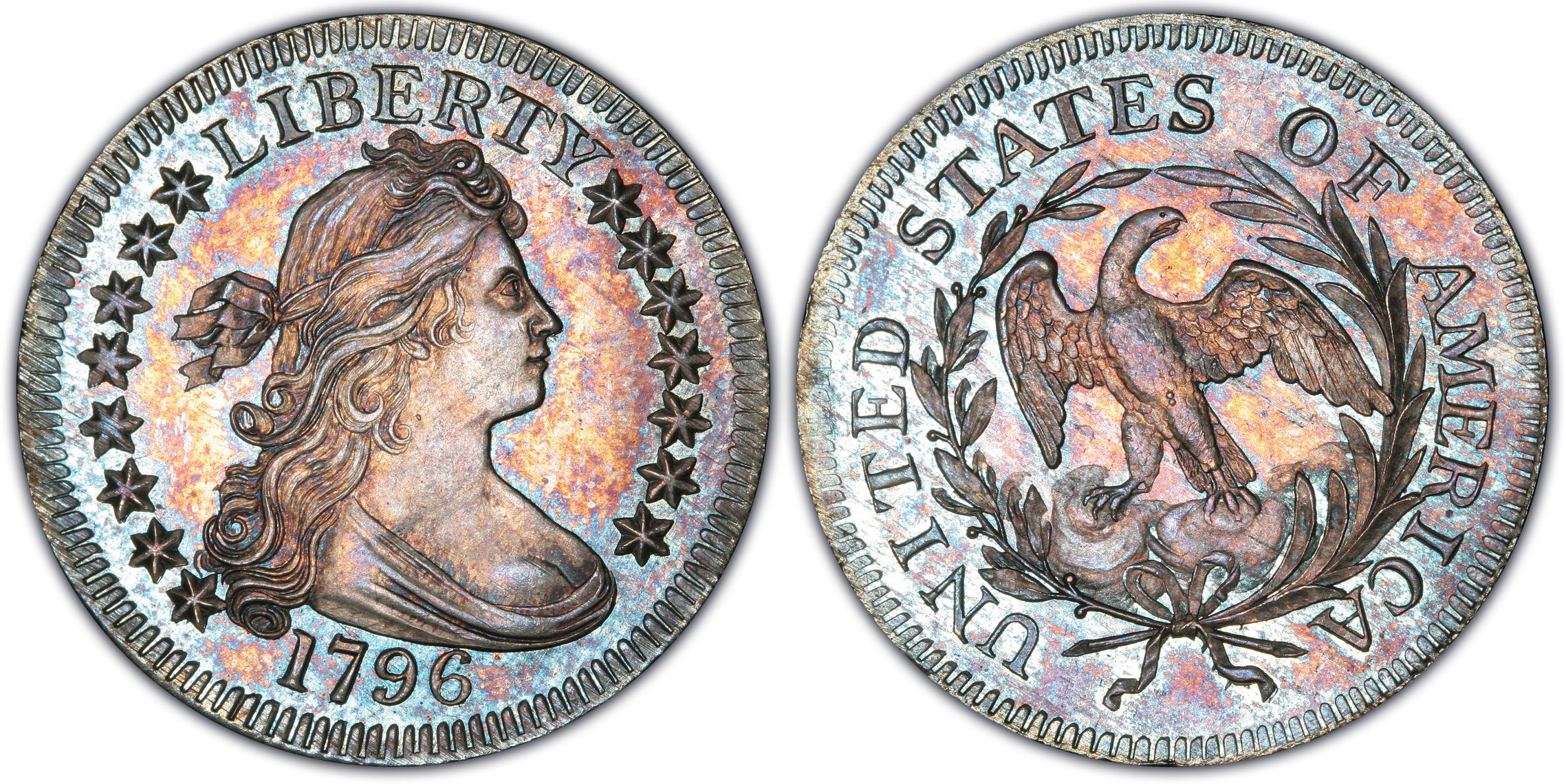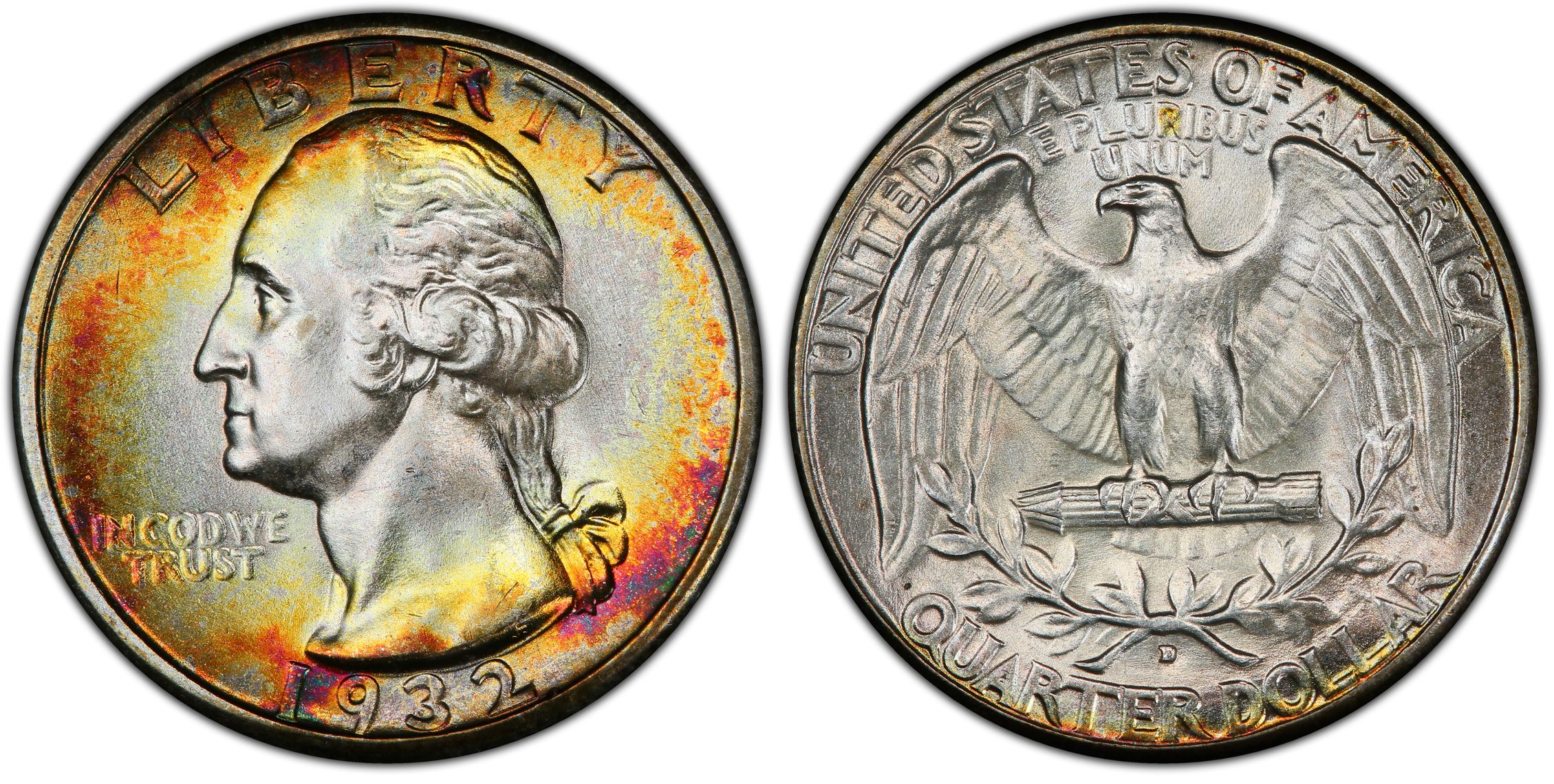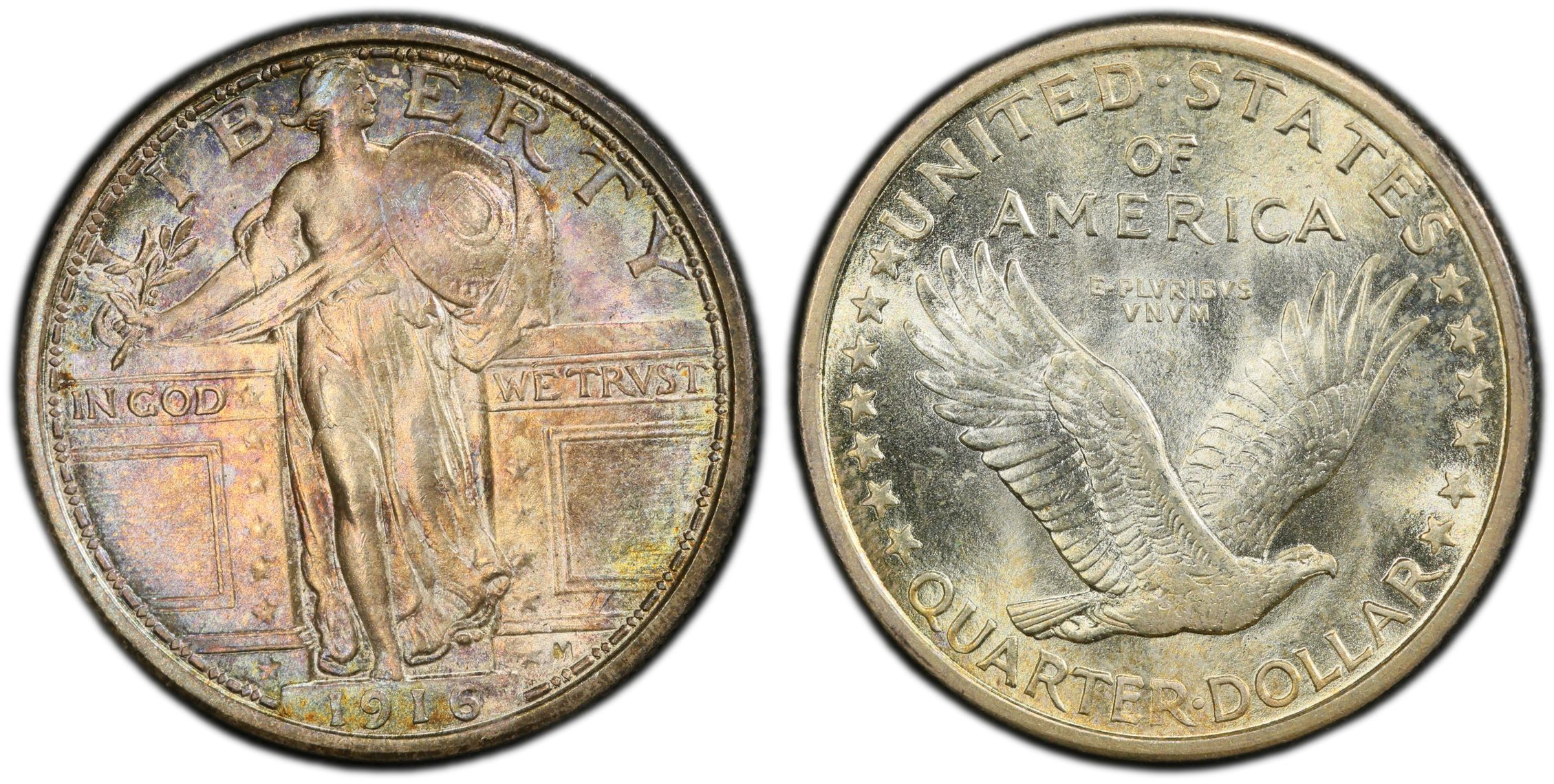
Discovering Which Quarters Are Worth Money
Understanding which quarters are worth money can transform your coin collecting hobby into a profitable endeavor. Rare quarters have sold for millions at auction, with the most valuable specimens commanding prices that rival fine art and precious gems. From early American quarters dating back to 1796 to modern error coins, the world of valuable quarters offers exciting opportunities for collectors and investors alike. Whether you inherited a coin collection, found old quarters in your attic, or simply want to check your pocket change, knowing which quarters are worth money is essential for anyone interested in numismatics. This comprehensive guide examines the top 100 most valuable quarters ever sold, revealing the key factors that make certain quarters worth thousands or even millions of dollars.
Top 100 Most Valuable Quarters
Complete ranking of which quarters are worth money based on auction records and market values
| Rank | Name | Price |
|---|

Check Your Quarter Values with CoinValueChecker
Want to know if your quarters are valuable? The CoinValueChecker app makes it easy to identify and value your coin collection instantly. Simply snap a photo of your quarter, and our advanced AI technology will identify the date, mint mark, and potential value. Whether you're checking pocket change or evaluating an inherited collection, CoinValueChecker helps you discover which quarters are worth money in seconds. Download now and start finding hidden treasures in your coin jar!
The Complete History of American Quarters
Draped Bust Quarters (1796-1807)
The first quarters minted in the United States featured the Draped Bust design by Robert Scot. These quarters contained 89.24% silver and 10.76% copper, weighing 6.74 grams. Production was sporadic during this period, with no quarters minted in several years including 1797-1803. The 1796 quarter is the rarest and most valuable of all American quarters. Small eagle and heraldic eagle reverse designs were used during this series.
Capped Bust Quarters (1815-1838)
Designed by John Reich, the Capped Bust quarter featured Liberty wearing a cloth cap. These quarters continued the silver standard at 89.24% silver content. The series includes two size variations: large diameter quarters from 1815-1828 and reduced diameter quarters from 1831-1838. Many varieties exist including overdates, die varieties, and the famous 1828 25/50C denomination error. No quarters were minted from 1816-1817 or 1826-1830.
Seated Liberty Quarters (1838-1891)
Christian Gobrecht designed the Seated Liberty quarter showing Liberty seated on a rock holding a shield. The series underwent several modifications including the addition of drapery in 1840, arrows at the date indicating weight changes in 1853-1855 and 1873-1874, and motto additions. These quarters maintained 90% silver content after 1837. The Carson City mint produced several highly valuable issues during this period, particularly from 1870-1873.
Barber Quarters (1892-1916)
Charles E. Barber designed this quarter featuring Liberty wearing a laurel wreath and Phrygian cap. Barber quarters continued the 90% silver standard and were minted at Philadelphia, Denver, San Francisco, and New Orleans. The series is known for several key dates including the 1901-S, 1913-S, and 1896-S. These quarters circulated heavily, making high-grade examples particularly valuable. The mint mark appears on the reverse below the eagle.
Standing Liberty Quarters (1916-1930)
Hermon MacNeil designed this beautiful quarter featuring Liberty standing at a gateway. The design underwent modification in 1917 (Type 2) to cover Liberty's exposed breast and add three stars below the eagle. These quarters had a raised date that wore quickly in circulation. The 1916 is extremely rare with only 52,000 minted. The series ended in 1930 when the Washington quarter was introduced.

Washington Quarters (1932-1964)
John Flanagan designed the Washington quarter to commemorate George Washington's 200th birthday. These silver quarters contained 90% silver and 10% copper. Key dates include the 1932-D and 1932-S with very low mintages. During World War II, production continued without interruption. These quarters are popular with collectors due to their silver content and relative availability. All Washington quarters from this period are worth more than face value due to silver content.
Clad Washington Quarters (1965-1998)
In 1965, the composition changed to copper-nickel clad with no silver content due to rising silver prices. These quarters feature a pure copper core with outer layers of 75% copper and 25% nickel. While most have only face value, certain varieties and errors can be valuable. The design remained essentially unchanged during this period. Proof and mint sets from this era maintain collector interest.
50 State Quarters (1999-2008)
This revolutionary program featured unique reverse designs for each state released in order of statehood. Five new designs appeared annually, creating unprecedented public interest in coin collecting. While most circulated examples are worth face value, silver proof versions, errors, and certain varieties can be valuable. The program was hugely successful, introducing millions to numismatics and generating significant revenue for the U.S. Mint.
America the Beautiful Quarters (2010-2021)
Following the state quarters' success, this program honored national parks and sites with 56 designs released over 11 years. Each design featured a national park, forest, or monument from different states and territories. The 2019-W quarters with the W mint mark became particularly valuable, especially the San Antonio Missions quarter. Silver proof versions were produced for collectors alongside regular circulation strikes.
American Women Quarters (2022-2026)
This current program honors prominent American women who made significant contributions to the nation. Five different designs are released annually, celebrating women from diverse backgrounds and achievements including Maya Angelou, Sally Ride, and Wilma Mankiller. The obverse features a new portrait of George Washington designed by Laura Gardin Fraser. These quarters continue to be produced for circulation while special mint and proof versions are available for collectors.
Frequently Asked Questions About Which Quarters Are Worth Money
Summary: Which Quarters Are Worth Money
Understanding which quarters are worth money requires knowledge of dates, mint marks, condition, and historical significance. From the extremely rare 1796 quarter valued at $1.74 million to modern error coins and W mint mark quarters, valuable quarters span every era of American coinage. Pre-1965 silver quarters always carry premium value, while rare dates like 1932-D, Carson City issues, and error coins command substantial prices regardless of metal content. Whether you're checking pocket change or evaluating an inherited collection, knowing which quarters are worth money can help you identify hidden treasures. Always examine your quarters carefully for rare dates, unusual mint marks, and potential errors before spending them, as valuable coins continue to appear in everyday circulation.